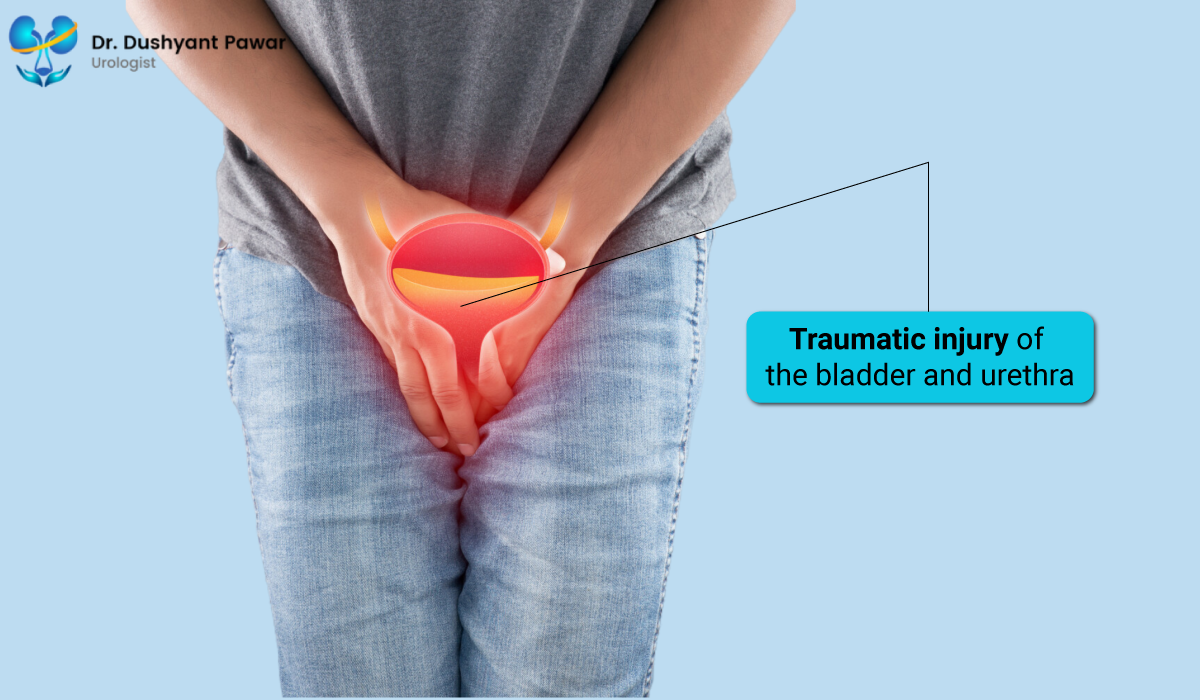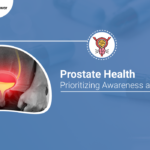Prostatectomy, a pivotal intervention in urological surgery, involves the surgical removal of the prostate gland. This blog aims to provide an in-depth exploration of it, by knowing its various types, indications, preparatory measures, recovery care, long-term implications, advancements, and alternative treatments.
Table of Contents
Knowing the Surgical Prostate Removal
Prostatectomy, also known as prostate surgery, encompasses a spectrum of procedures aimed at excising part or all of the prostate gland. It is a critical intervention for treating prostate cancer, benign prostatic hyperplasia (BPH), and prostatitis.
- Advances in surgical techniques, including minimally invasive and robotic-assisted approaches, have revolutionised the landscape of surgical prostatectomy, offering improved outcomes and reduced morbidity for patients.
Procedures and Types
Prostate surgeries procedures vary in approach and technique, offering specific options to meet individual patient needs.
- Radical prostatectomy involves the complete removal of the prostate gland, surrounding tissues, and nearby lymph nodes, commonly performed for localised prostate cancer.
- Robotic-assisted prostatectomy utilises robotic technology to enhance surgical precision and minimise invasiveness, leading to shorter hospital stays and faster recovery.
- Open prostatectomy, although less common in the era of minimally invasive techniques, remains an option for complex cases requiring direct access to the prostate gland.
What are the Indications for Prostatectomy?
Prostate surgery is indicated for various prostate conditions, each necessitating specific therapeutic strategies.
- Prostate cancer surgery is often recommended for localised disease to remove cancerous tissue and prevent spread.
- BPH surgery aims to relieve urinary symptoms by reducing prostate size and improving urine flow, offering symptomatic relief and improving quality of life.
- Prostate surgery may be necessary for chronic cases that do not respond to conservative treatment, aiming to alleviate inflammation and pain.
Preparations for Prostatectomy: Evaluations, Tests, Adjustments
Before undergoing surgical prostatectomy, patients undergo thorough evaluations and tests to assess their suitability for their prostate surgery and optimise outcomes.
- This includes a comprehensive medical history review, physical examination, imaging studies (such as MRI or CT scans), and blood tests (including PSA levels).
- Patients receive pre-operative counselling to discuss the anticipated outcomes, potential risks and complications, and post-operative expectation
- Patients receive preoperative counselling to discuss the anticipated outcomes, potential risks and complications, and post-operative expectations. Preoperative optimization measures, including medication adjustments (such as discontinuation of anticoagulants) and lifestyle modifications (such as smoking cessation and pelvic floor muscle training), aim to reduce surgical risks and enhance post-
Recovery Care: Managing Side Effects, Follow-up
Following surgical prostatectomy, patients require meticulous post-operative management to address potential side effects and promote optimal recovery. This may include pain management, bladder training, and pelvic floor exercises to improve urinary continence. Erectile dysfunction and changes in ejaculation may occur following surgery, requiring tailored interventions such as oral medications, penile rehabilitation, and counselling. Regular follow-up appointments with the surgical team are essential to monitor post-operative progress, address emerging concerns, and adjust treatment as needed. Long-term surveillance, including serial PSA monitoring and periodic imaging studies, is crucial for detecting disease recurrence and guiding subsequent therapeutic decisions. Patient education and support programs play a vital role in empowering patients to navigate the post-operative journey and cope with the physical and emotional challenges associated with prostate surgery.
Alternative Treatments, Non-Surgical Options
In addition to surgical prostatectomy, alternative treatment modalities may be considered for certain prostate conditions.
- Active surveillance, involving regular monitoring of disease progression without immediate intervention, may be appropriate for select cases of low-risk prostate cancer.
- Radiation therapy, including external beam radiation and brachytherapy, offers non-surgical options for localised prostate cancer, aiming to eradicate cancer cells while preserving surrounding tissues.
- Minimally invasive procedures such as transurethral resection of the prostate (TURP) and laser therapy may be utilised for managing BPH, providing symptom relief with shorter recovery times compared to traditional surgery.
Is there Pain after Prostate Removal surgery?
Yes, pain is a common experience following prostate removal surgery. The level of pain can vary from person to person and depends on factors such as the individual’s pain tolerance, the type of surgery performed, and any underlying health conditions.
During the immediate postoperative period, patients may experience discomfort or pain in the pelvic region, lower abdomen, or perineum (the area between the scrotum and anus). This discomfort is often managed with pain medications prescribed by the healthcare provider. These medications may include oral analgesics, such as acetaminophen or nonsteroidal anti-inflammatory drugs (NSAIDs), or more potent pain relievers if necessary.
In addition to pharmacological pain management, other ways may be followed to alleviate discomfort and promote recovery:
Positioning: Finding a comfortable position, such as lying on the back with a pillow under the knees or sitting upright with proper support, can help reduce pressure on the surgical site and alleviate pain.
Movement: Gentle movement and walking as tolerated can promote circulation, prevent blood clots, and reduce stiffness and discomfort. However, patients should avoid strenuous activities or heavy lifting as advised by their healthcare provider.
Ice Packs: Applying ice packs or cold compresses to the surgical site can help reduce inflammation and numb the area, providing temporary relief from pain.
Relaxation Techniques: Deep breathing exercises, guided imagery, and relaxation techniques can help manage stress and discomfort, promoting a sense of well-being during the recovery process.
Wound Care: Proper wound care and hygiene are essential to prevent infection and promote healing. Following the healthcare provider’s instructions for dressing changes and wound care can minimise discomfort and promote optimal healing.
It’s important for patients to communicate any concerns or changes in pain levels to their healthcare provider. Persistent or worsening pain may indicate complications such as infection or nerve damage, requiring further evaluation and management. By working closely with their healthcare team and following recommended guidelines for pain management and recovery, patients can navigate the postoperative period with greater comfort and confidence.
What is the Cost of Prostatectomy in India?
Understanding the financial aspect of medical procedures like this condition is crucial for patients seeking treatment options. In India, the cost of surgical prostatectomy can vary depending on various factors such as the type of procedure, hospital facilities, surgeon’s expertise, geographical location, and additional services required. Generally, the cost of surgical prostatectomy in India is considerably lower compared to many Western countries, making it an attractive option for medical tourists seeking high-quality healthcare at affordable prices.The cost of surgical prostatectomy in India can range from approximately INR 1,50,000 to INR 5,00,000 for standard procedures. However, advanced techniques such as robotic-assisted prostate surgery may incur higher costs, typically ranging from INR 3,00,000 to INR 8,00,000. These estimates typically cover expenses such as hospital stay, surgeon’s fees, anaesthesia, medications, diagnostic tests, and post-operative care. While cost is an important consideration, patients should prioritise the expertise and reputation of the healthcare provider to ensure the best possible outcomes for their prostatectomy procedure.
Conclusion
Prostatectomy represents a cornerstone in the management of various prostate conditions, offering therapeutic efficacy and potentially life-saving outcomes for affected individuals. Collaboration between patients, caregivers, and healthcare providers is essential for achieving optimal outcomes and preserving quality of life amidst the complexities of prostate disease.Dr. Dushyant Pawar, a renowned urologist specialising in prostate surgery emphasises personalised care and state-of-the-art surgical techniques to ensure the best possible outcomes for his patients.By leveraging advancements in surgical technology and adopting a multidisciplinary approach.Patients can trust Dr.Dushyant Pawar’s expertise and commitment to excellence in navigating their surgical prostatectomy journey with confidence and reassurance.




